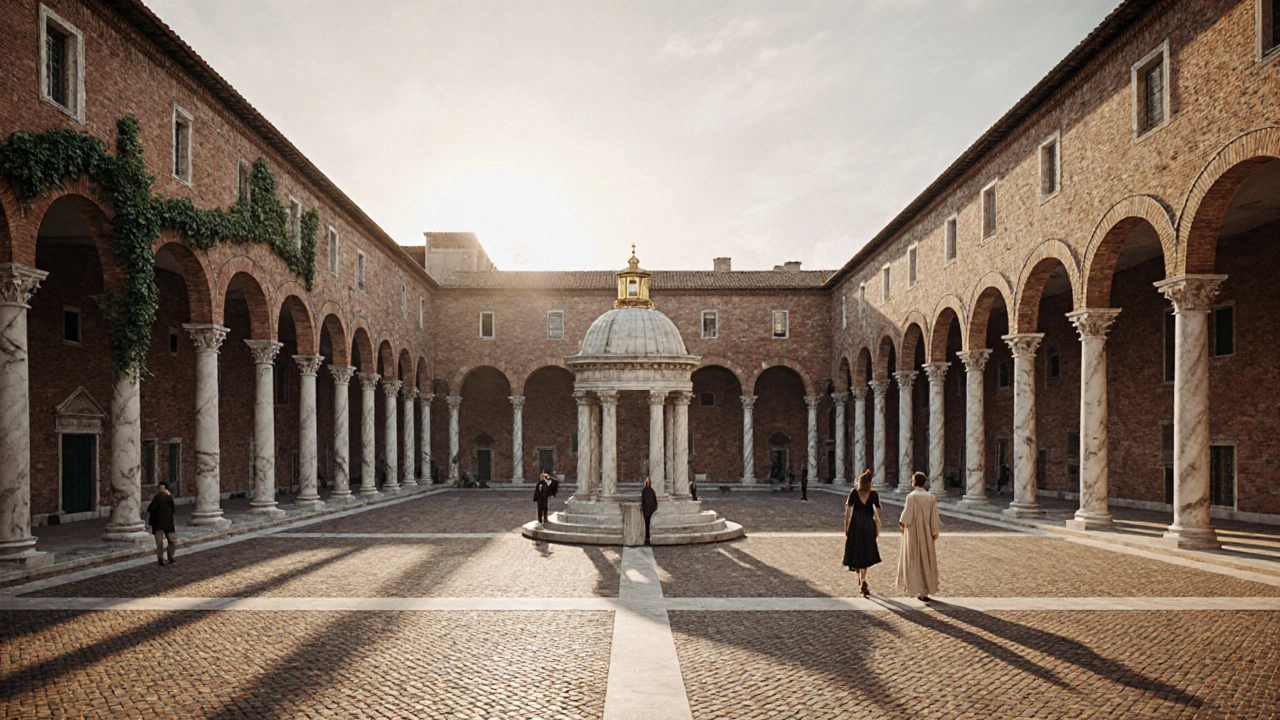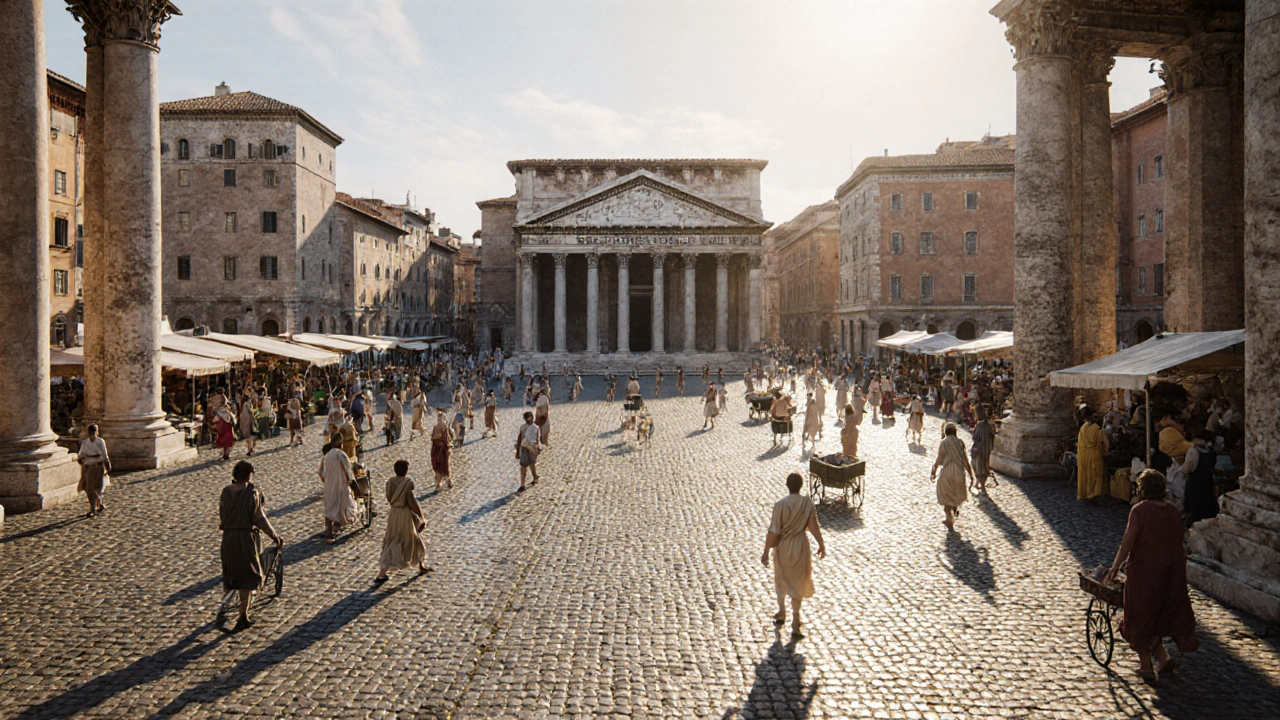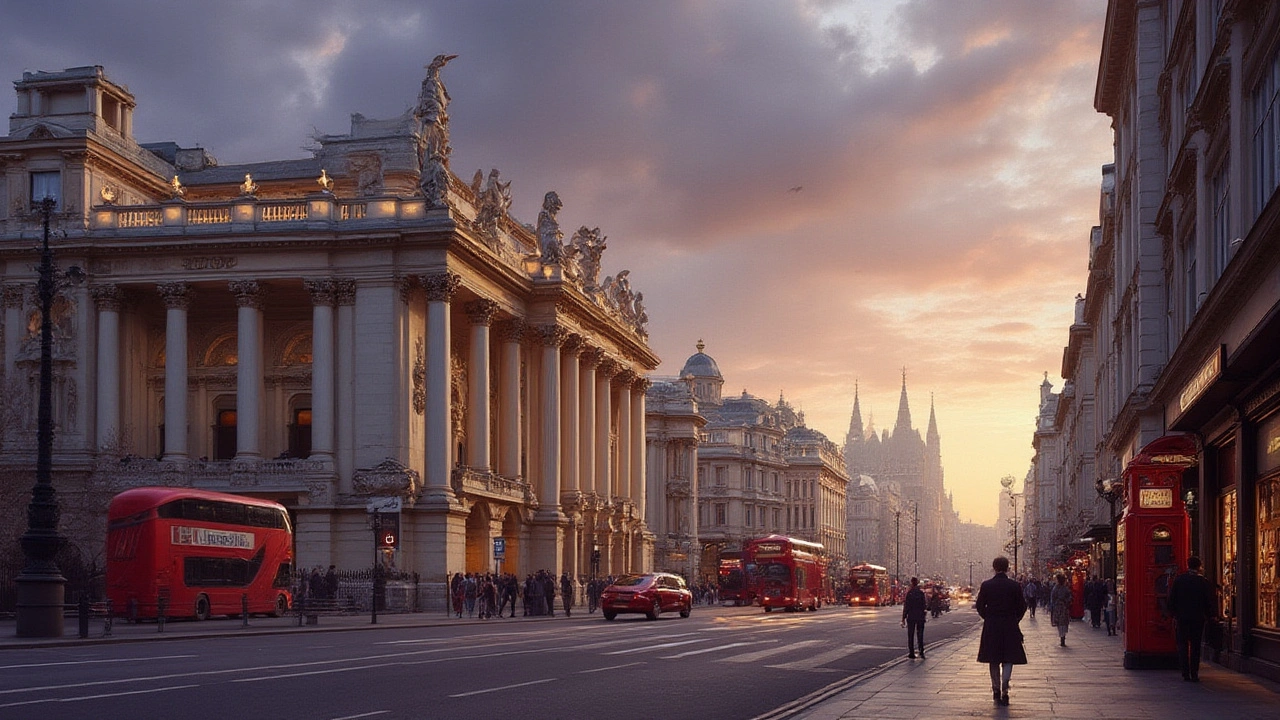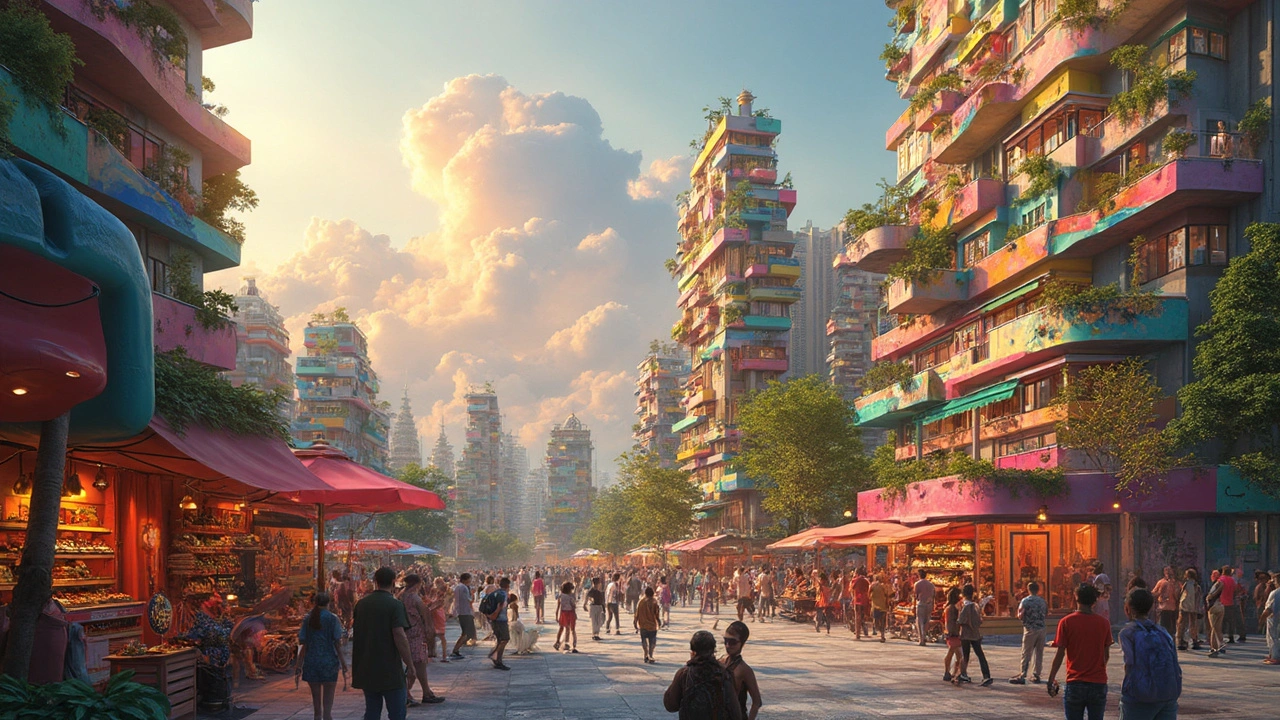Explore how Renaissance architecture's symmetry, proportion, and classical orders still shape modern urban structures, with real examples, design tips, and a handy FAQ.
City design: how buildings and streets shape the places we live
Cities don’t just happen — they’re designed. Want to spot why one street feels lively and another feels dead? That’s city design. This tag gathers short, practical articles on architectural styles (from Beaux-Arts to Neo-Futurism), urban trends, and real-world tips you can use on walks, projects, or photo trips.
Quick ways to read the city like a designer
Start with the street edge: are buildings close to the sidewalk or set back with lawns? Close edges create energy; set-back buildings feel quieter. Look up: cornices, columns, and rooflines tell you the era—Greek Revival and Georgian show formal symmetry, while High-Tech and Neo-Futurism favor glass and exposed structure. Note materials: brick and stone often signal older districts; steel and curtain glass point to modern or corporate zones.
Pay attention to scale. A two-story row of shops feels human. A block-sized civic building demands attention and shapes how people move. If sidewalks are wide and trees line the route, the design invites walking. Narrow, car-oriented streets push people into cars. Those are small design decisions with big impacts.
Useful ideas you can apply right away
Want to improve a corner or small site? Add transparent ground-floor uses (cafes, shops) so activity meets the sidewalk. Use simple materials that age well—brick, plain metals, quality wood. If you’re planning a façade, think rhythm: repeating windows, columns, or openings give readable order. Contrast that with a statement piece—an angled canopy or a sculptural stair—to create a memorable spot.
For preservation: keep original openings and proportions. You can modernize systems (HVAC, insulation) without erasing character. When restoring small details, match mortar color and window proportions rather than using instant modern replacements that often look out of place.
Want to spot styles fast? Greek Revival often uses columns and pediments. Beaux-Arts mixes classical detail with grand scale. Constructivist and Expressionist designs use bold geometry and unexpected forms. Mid-Century Modern favors clean lines and indoor-outdoor flow. Keep one notebook column for style cues and another for ideas to reuse.
Use this tag to compare examples. Read case studies about colonial facades, Roman techniques, or high-tech towers to see how old ideas meet new needs. If you’re mapping a city, mark places with strong public space, good walkability, or striking facades. That map becomes your design toolkit.
Want specific articles first? Look for posts on Beaux-Arts, Greek Revival, High-Tech architecture, and Neo-Futurism—those cover different eras and give clear tips you can spot and use. Walk, sketch, and test ideas on small projects; city design is most useful when you try it out where you live.
Ready to explore? Scroll through the posts in this tag to find practical guides, style primers, and quick how-tos that help you notice and shape better urban spaces.
Explore how ancient Roman architecture's grids, forums, aqueducts, and roads still guide modern urban planning, with practical lessons and real‑world examples.
Explore how Beaux-Arts architecture transformed city design, influenced urban planning, and left a legacy on skylines around the world. From grand buildings to boulevards, see its mark everywhere.
Exploring the impact of postmodern architecture on urban landscapes, this article delves into the vibrant and eclectic styles that are redefining our cities. By blending elements from various architectural approaches, postmodernism challenges traditional aesthetics and encourages innovation. Urban environments are transformed into dynamic spaces, fostering creativity and community engagement. With a splash of humor and unexpected designs, postmodern architecture invites us to rethink how we live and interact with our surroundings.




